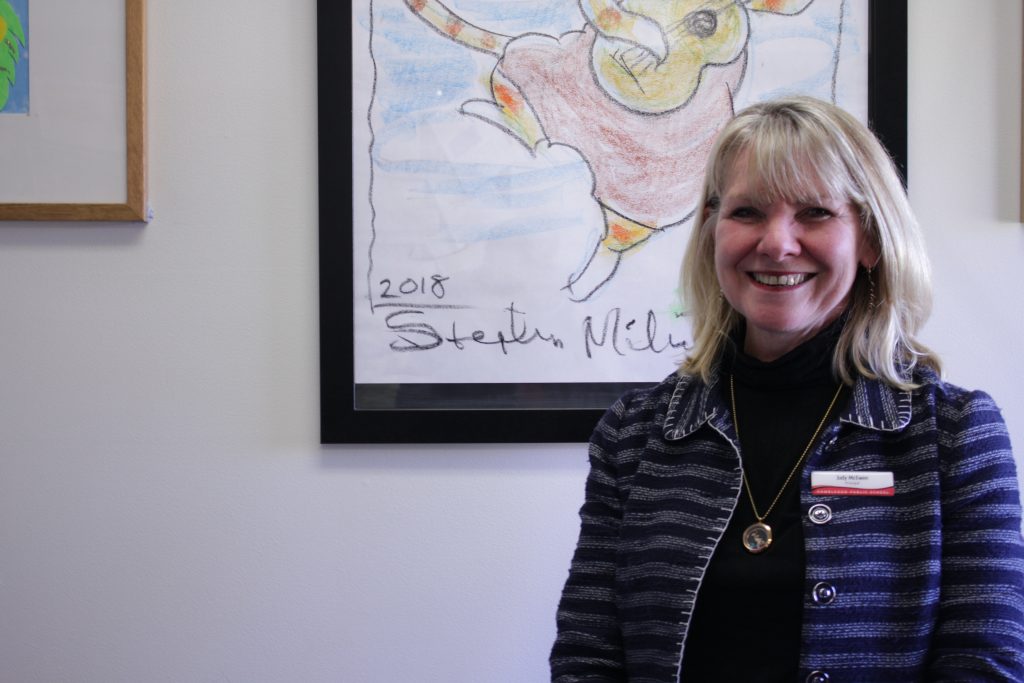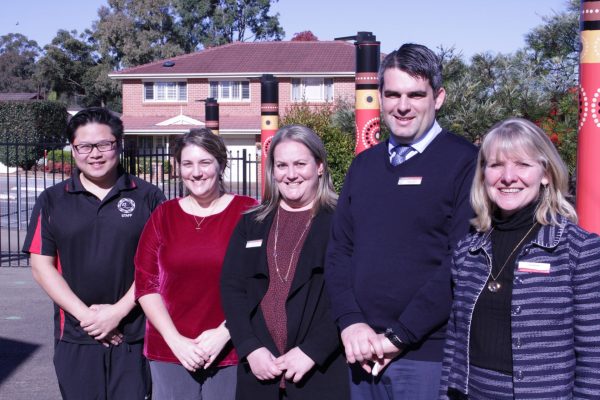Hambledon Public School, in Quakers Hill, Sydney, is committed to ensuring all its teachers take part in Quality Teaching Rounds professional development.
Principal Judy McEwen said staff had embraced QTR and the school-wide impact of the Quality Teaching Model was already being felt in a “strong school culture”.
Passionate, collaborative, and innovative teachers, and the school’s flexible teaching team, would make it possible to train 45 teachers in QTR in four years using a “rippling effect”, in which those initially trained go on to train others.
Classroom teachers were now driving their own professional learning communities and “in charge of draughting their own teams”, Judy said.

Judy described QTR as “a really powerful professional learning opportunity” for teachers of all stages and experience levels, including those in off-class roles such as learning support and casuals.
“It has opened up opportunities for a whole lot of teachers to see each other who normally wouldn’t see each other,” Judy said.
“But, additionally, for those who are in a comfort zone, it’s opened them up to a group that they feel comfortable with to practise the skills of QTR and then move forward later on.”
Judy had experience of QTR as the deputy of another school and is pleased to be able to spread the program right across Hambledon Public.
“The school has 755 children and 29 classes, and our students are 52-53% from non-English speaking backgrounds,” Judy said.
With no dominant group, there are children from Indian, Pakistani, South Korean, Indonesian, Greek and Chinese families.
“We very much embrace multiculturalism and the importance of recognising that,” Judy says. And they try to give students extracurricular engagement opportunities such as wellbeing programs. “Our parents value education, and our attendance is quite high.”
Judy said the school has a “good mix of experienced, middle and early career teachers” who were all supportive of QTR.
Beginning teachers had indicated that their confidence had grown. One experienced teacher, with more than 20 years in the classroom, said: “I’m just loving it … I’m loving working with a different group of people, seeing different people’s classrooms and having that rigorous conversation.”
Judy said she employed a “flexible team of teachers, some on contracts, some not”, but those who were not on contract were generally able to be guaranteed as many casual days a week as they wanted.
“QTR is possible because of that teacher model,” Judy said. “And when teachers do QTR, their classes are generally covered by the same casual teacher. All of the people who cover classes are known to the school, so our programs can continue.”
As a result, there is consistency of learning for students and a low turnover of staff, with casuals routinely moving into permanent positions.
“All of our extra allocated funding is spent on staffing,” Judy said. “That flexible model helps to upskill teachers and to build our teaching community.”


